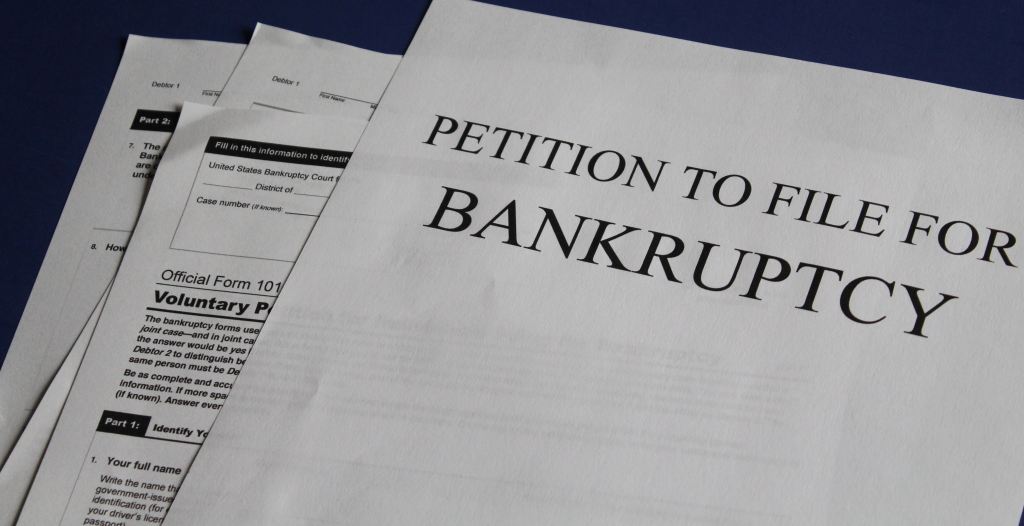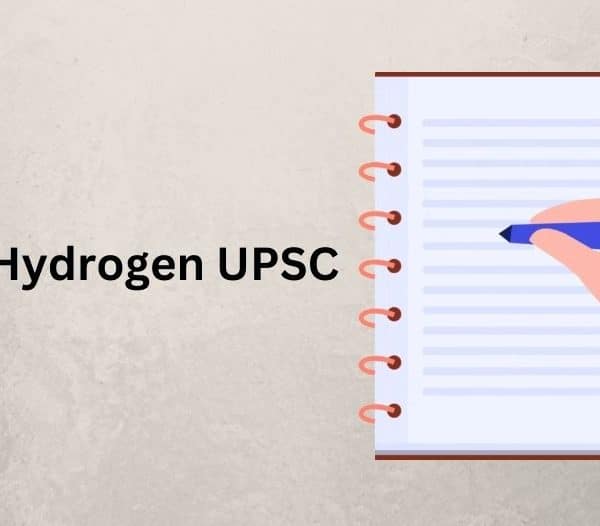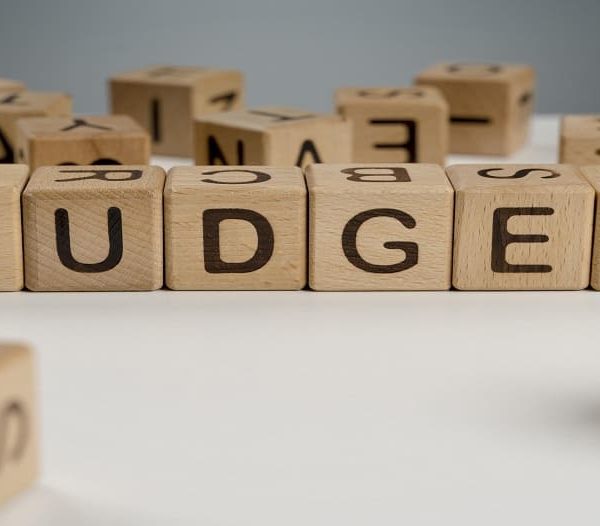Insolvency and Bankruptcy Code Explained : What is Insolvency and Bankruptcy code?

What is the insolvency and bankruptcy code? This law passed in the parliament in 2016 that deals with insolvency resolution. This means that it gives companies and people to resolve their insolvency and clearing off any debts.
What does it do? It protects one from creditors taking control over their assets. When an issue in repayment arises, the creditor can take control over the debtor’s assets and resolve the insolvency by selling the assets or using them as theirs. This code gives them immunity against any action taken by creditors and also creates a common legally bound forum for both parties to deal with the issues at hand.
Breaking the Code Down
The code sets down methods to solve insolvency and how to go about it.
1). For Corporate debtors
For corporate debtors to resolve insolvency the default amount has to at least be INR 1,00,000 and the code suggests two stages to deal with this.
First stage Insolvency Resolution Process, in which financial creditors evaluate the debtors business whether it can be saved or not.
The second stage is Liquidation in which the creditors start to convert all assets into cash. This will happen if the first stage fails.
For Individuals or Unlimited Partnerships
The code is applicable when the default amount is at least INR 1000 and above. The government suggests two methods for them too.
The first process is automatic fresh restart progress, where debtors can apply to the Debt Recovery Tribunal and can get a few of their debts cleared and thus start fresh as the name suggests.
The second process is an insolvency resolution process where the debtor prepares a plan on how they will repay the loan to the creditors. If the plan is approved by the creditor it is sent to the Debt Recovery Tribunal to pass an order and if not the debtor or creditor can apply for a bankruptcy order.
Institutional Help
- Insolvency regulator- the code has made it easier by setting up an insolvency regulator, called the insolvency and bankruptcy board of India. It will oversee the functioning of various intermediaries and regulate the process.
- Insolvency resolution professionals- they act as intermediaries that play an important role in the efficiency of the process. They verify claims, check the legal requirements, and help the debtors and creditors reach a common point.
- Information utilities- these were set up, so as to ease the process of collection of financial information. It is collected through an online database and stored together. Information is available at ease for creditors, stakeholders, or potential investors.
- Adjudicating authority- the adjudicating is done by the National Company Law Tribunal for companies and the Debt Recovery Tribunal for individuals. They initiate the resolution and appoint intermediaries and pass the final decision.
Procedure
Starting the process- when a default arises in payments, then either the creditor or the debtor start the process. A professional makes sure the process is happening in the right way prescribed by the law. This process lasts for a total of 180 days and no legal action can be taken on the debtor for this period.
How to resolve it- the second stage is when the professional set up a committee of the creditors who lent money to the debtor. They will make a decision regarding the money they lent. They can create a repayment schedule or cancel out the debt or even liquidate any asset as per their choice.
Liquidation- this might vary, some creditors may not decide to liquidate some may. If the creditors decide to liquidate the assets the money received from selling these assets will have a particular order to be given in and the order is:
- Insolvency reduction costs
- Secured creditors (backed by collateral)
- Unsecured creditors
- Dues to government
- Preference shareholders
- Equity shareholders
Insolvency and Bankruptcy Code 2020
With a complete lockdown in India for about two to three months due to the Corona Virus Pandemic, many defaults in payments had occurred. Keeping this in mind, the government decided to bring in a few changes into the insolvency and bankruptcy code to keep it fair for everyone.
The ordinance prohibits any initiation to take place for defaults arisen for six months from the 25th of March 2020.
The partner or director will be liable if he or she did not try to minimize the damage to a creditor knowing an insolvency resolution will take place but the change in the code removes this provision for the same time period.
The 2020 bill makes hearings against any defaults arising in this period prohibited forever, thus meaning even if a company can pay off the creditors it is not liable to pay them. They can pay it off in good faith but in case they do not, creditors cannot take any action for any default in the 6 month period.
There is one catch for creditors though. A personal guarantor can yet be held liable and hearing against the personal guarantor of a company is not prohibited even for the 6 month period meaning that companies can use this as a loophole to get their way.
Conclusion
The insolvency and bankruptcy act has helped many companies and a country like India that has a very poor insolvency resolution percentage, this helps it boost the percentage a little higher. The code is expected to improve the situation of India’s credit market but with the current pandemic, one cannot be assured of anything. The government decided to create changes in the law to better suit the pandemic and help companies cope with their loss but also have created a negative downfall for creditors.
The article talks about the code and how it helps and decodes it to help you prepare about the insolvency and bankruptcy code 2020 for your UPSC exam. Keep working hard and all the best!







nice article thanks for the info very helpful
I really appreciate your post. Fantastic attitude!
An interesting post right there mate . Thanks for the post !
Bardzo ciekawy blog, rzeczowy i wyważony. Od dzisiaj zaglądam regularnie i subsbskrybuje kanał RSS. Pozdrowienia 🙂